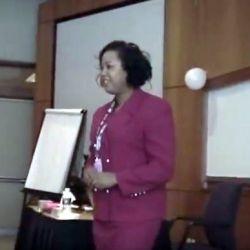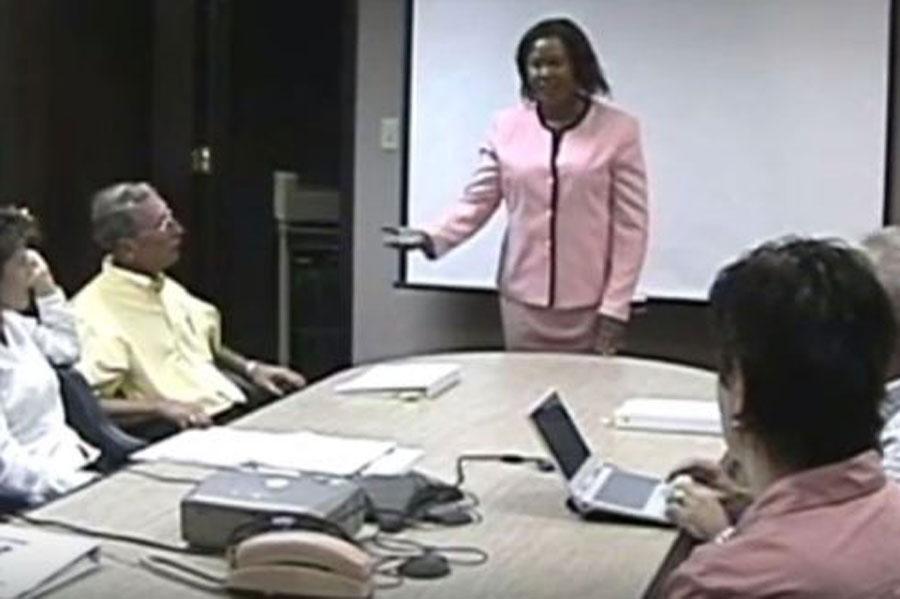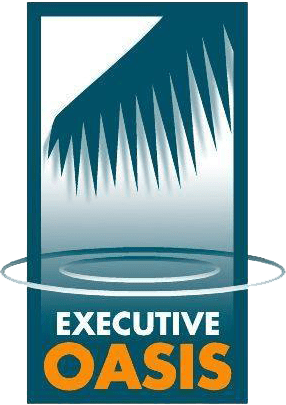Outline:
- When can Team Building Facilitators Add Value?
- How do Team Building Facilitators Help?
- Key Ingredients for Effective Team Building
- Internal vs. External Team Building Facilitators
- Where Does Fun Fit Into Team Building?
- On-Site vs. Off-site Team Building
Many executives no longer understand the role of team building facilitator or perceive the value that they bring to the table. This is not surprising given the confusion between “team building” and “recreation for teams”. Here are the benefits that facilitators bring to executive retreats, team building, and meetings.
When can Team Building Facilitators Add Value?
 When organizations go through periods of change, turbulence, and uncertainty, they face many challenges including:
When organizations go through periods of change, turbulence, and uncertainty, they face many challenges including:
- changing strategies and tactics to navigate a changing marketplace
- dealing with declines or shifts in the traditional client base
- identifying new target markets for their products & services
- fostering innovation
- repairing a toxic corporate culture
- implementing a turnaround strategy
- designing revenue-generating or cost-cutting measures
- designing and implementing a high growth strategy
Pulling the team together is important to:
- generate the ideas and strategies needed fuel success
- ensure that there is an consistent understanding of the corporate vision, values and strategy across the organization.
- win support for key corporate initiatives
How do Team Building Facilitators Help?
 Facilitators introduce teams to new tools, strategies, and approaches so that they can achieve their objectives and improve business results.
Facilitators introduce teams to new tools, strategies, and approaches so that they can achieve their objectives and improve business results.
Facilitators focus on both content and process.
- Content: Content is the specific issue, challenge, or opportunity the group is trying to address
- Process: Process is how the group works together to achieve results.
When executives from a number of companies get together for forums or networking sessions, a faciliator can guide them through a powerful mastermind session and boost the value of their time together.
A facilitator guides teams and helps them:
- identify issues and challenges
- set goals and pinpoint measures of success
- generate and assess options
- break down silos
- improve cross-functional teamwork
- resolve conflicts
- make decisions
- design implementation plans
- measure the effectiveness of new strategies
An expert facilitator helps teams identify and navigate communication stopgaps, resolve conflict, and remove other barriers to the successful resolution of issues.
Internal vs. External Team Building Facilitators

Facilitators can be internal or external.
The benefit of using external facilitators is that they can remain neutral. As they are not immersed in internal politics, they can take risks and challenge teams when the need arises.
Internal facilitators can add value if they are already familiar with team dynamics, challenges, and issues.
One strategy that can be effective if there are budget constraints is to use an external facilitator for the initial and most challenging sessions and use internal facilitators for implementation and follow-up. The external facilitator can provide facilitation skills training to fill the gap if internal facilitators require additional preparation for their role.
Key Ingredients for Effective Team Building
 The key ingredients for effective business team building include:
The key ingredients for effective business team building include:
- clear, specific. and measurable objectives that pinpoint the business results you would like to achieve
- an executive briefing (by the CEO or another executive) to clarify organizational strengths and the challenges you are attempting to resolve
- a shared, facilitated experience that introduces new insights as well new tools and models for brainstorming, problem-solving and decision-making
- facilitated exercises including a business simulation when appropriate
- a thorough debriefing guided by a professional facilitator to glean key learnings
- business application exercises to help participants apply what they have learned to the day-to-day realities of their work environment
- your business agenda items
- an implementation strategy with regular follow-up checkpoints to reinforce the use of the tools and strategies acquired through team building
- measurement of success (6 – 8 weeks post team building)
Everything else is an add-on.
Where Does Fun Fit Into Team Building?
Just like dessert at the end of a meal, “fun” can boost team spirit and make team building relaxing and enjoyable…..but it’s not always appropriate.
You’ll notice that “fun” wasn’t on this list. Fun can play an important role in team building. It can help team members relax, bond, and get to know each other. It helps break down barriers to help team building go more smoothly. However, fun is not always appropriate.
Fun is not always appropriate. For example, after a major crisis, one of the worst things an executive team can do is schedule a corporate play day. Think companies impacted directly by 9/11.
 After a major downsizing, fun and games will be perceived as a lack of sensitivity by the executive team. If a team member has committed suicide or a gunman has been on the loose at work, team members want, need, and deserve answers and a chance to process what has happened. The last thing they need is some contrived activity for the sake of “fun”.
After a major downsizing, fun and games will be perceived as a lack of sensitivity by the executive team. If a team member has committed suicide or a gunman has been on the loose at work, team members want, need, and deserve answers and a chance to process what has happened. The last thing they need is some contrived activity for the sake of “fun”.
Keeping this caution in mind and building in the “fun factor” when appropriate can keep participants energized throughout team building. My company usually incorporates energizers and activities that reinforce the theme into team building and executive retreats.
The bottom line is that “fun” is not a key ingriedient for effective team building and recreation should never be used as a substitute for real team building.
On-Site vs. Off-site Team Building
 Team building and meeting facilitators can work on-site, helping teams address specific issues as they arise.
Team building and meeting facilitators can work on-site, helping teams address specific issues as they arise.
They can also take group off-site and guide them through experiences that will give them new insights into their day-to-day realities.
One of the benefits of off-site team building is that the natural environment can provide inspiration for themes and metaphors that provide insights into business issues. These themes can be reinforced by activities that are available in the natural environment.
My company has facilitated both on-site and off-site team building. The settings we have used have ranged from conservation areas and wilderness retreats to mountain vistas and the desert.
Hot off the Press!
Our new e-book is now ready for purchase.
Team Building and R.O.I. for Executives (PDF)
Team Building, Innovation, and R.O.I.: An Executive’s Guide to Boosting the Bottom Line is a call for a return to sanity in team building.
For a fraction of the cost of a consulting session, this 55 page e-book is designed to stimulate discussion and an exploration of how team building can, once again, be used by executives to produce bottom line results. You’ll walk away with tips, tools and proven strategies to improve the effectiveness of team building and executive retreats.
Download a Preview (PDF)
Purchase the E-book (PDF)
Anne Thornley-Brown, MBA, the founder and President of Executive Oasis International, has spearheaded management development initiatives for 2 major Canadian corporations. For over 20 years, she has shaped the direction of The Training Oasis, Inc. and its sister company Executive Oasis International. Anne has also been interviewed and featured in Forbes, The Globe and Mail, the National Post, Profit Magazine, Successful Meetings, Smart Meetings, and numerous other publications. In addition to designing and faciltating programmes for companies from 18 countries, she is a well respected blogger. She has blogged for Plan Your Meetings by MPI, The Huffington Post, Event Manager Blog, Cvent Blog, EventMobi Blog, and Elite Meetings, to name a few. For over 8 years, she managed the Event Planning and Event Management group on LinkedIn. As the group grew from 4,000 to 350,000+ members, I launched 18 related groups and recruited, trained, and managed the leadership team.





